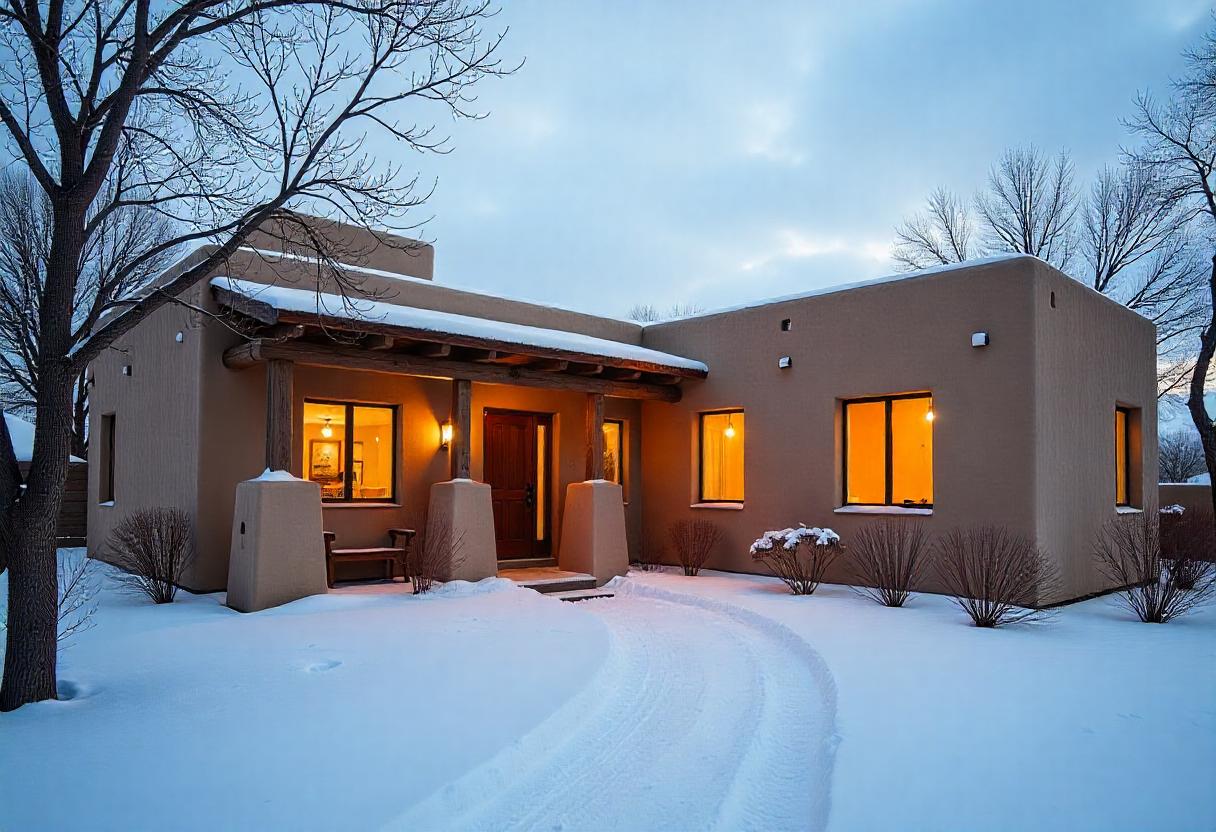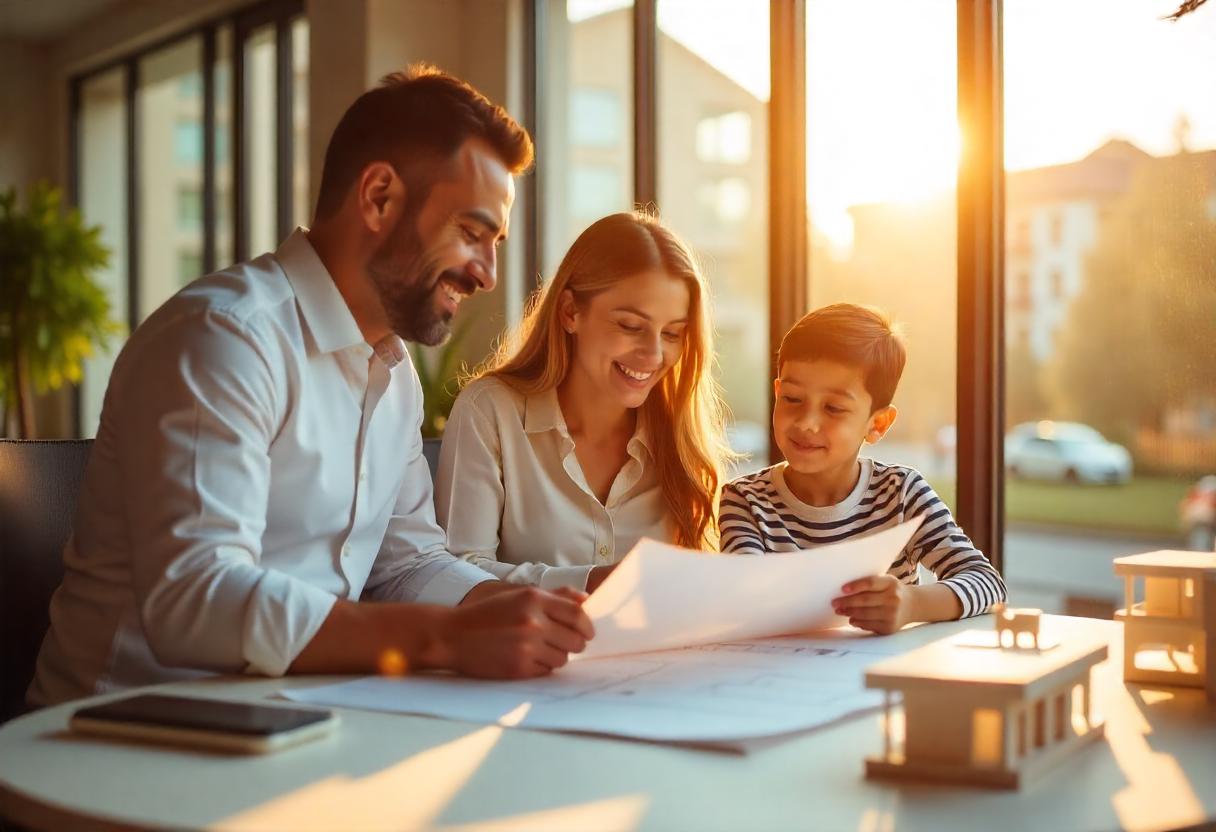

Table of Contents
ToggleFamilies’ housing needs change and grow with them. A home that works for a newlywed couple may not be suitable for a family with children or elderly parents. That’s why best home plans for growing families have become a crucial trend in 2025.
Today’s homeowners seek adaptable home designs that accommodate lifestyle changes, whether adding an extra bedroom, expanding the living area, or integrating smart and energy-efficient features. In this blog, we’ll explore the home plan that grows with your family, catering to different family sizes, multi-generational living, and future-proofing.
Families must select the right house plan as their needs change. Adaptable home designs in 2025 provide extra bedrooms, flexible layouts, and energy-efficient features to support expansion.
Families’ housing needs change as they do. A home that works for a couple today may need to accommodate children, elderly parents, or even home-based workspaces in the future. That’s why choosing the right house plan in 2025 is about more than just aesthetics, it’s about flexibility, functionality, and future-proofing.
Whether you’re buying a home or designing one, it’s crucial to prioritize adaptability to ensure comfort and convenience as your family’s needs change. Below are some key features that make a home ideal for a growing family.
✔ Open Floor Plans for Flexibility
Modern homes embrace open-concept layouts, allowing seamless transitions between kitchen, dining, and living areas. These designs create spaciousness and adaptability, making it easy to rearrange furniture or add multi-functional zones. A large living area can double as a playroom, study nook, or home office, while a kitchen island serves as a social hub.
✔ Expandable and Customizable Spaces
Homes should offer room to grow without requiring major renovations. Bonus rooms can transition from nurseries to playrooms or offices. Basements and attics provide extra space that can be converted into bedrooms, entertainment areas, or rental units. Modular and prefabricated extensions make expansions easier and more cost-effective.
✔ Multi-Generational Living Options
With more families embracing multi-generational living, homes now include in-law suites with private bedrooms, bathrooms, and kitchenettes. Dual-entry designs allow independence while ensuring privacy. Soundproof walls and independent HVAC systems enhance comfort, making shared living spaces more functional.
✔ Smart and Energy-Efficient Features
Smart home automation improves convenience with voice-controlled lighting, security, and climate settings. Energy-efficient insulation, solar panels, and Low-E windows reduce utility costs. Homes with flexible wiring and tech-friendly infrastructure ensure they remain adaptable to future innovations.
✔ Kid-Friendly and Elderly-Friendly Features
Safety and accessibility are essential. Step-free entryways, wider doorways, and grab bars make homes elderly-friendly, while slip-resistant flooring and well-lit pathways enhance safety. For kids, secure play areas, study nooks, and childproof features create a comfortable, family-friendly environment
Every family has unique needs, and choosing the right home plan can make all the difference in ensuring long-term comfort, functionality, and adaptability. Whether you’re a young couple planning for children, a multi-generational household, or someone looking for an affordable way to expand living space, there are home designs that cater to your evolving lifestyle.
Below are some of the most practical and future-ready flexible home designs in 2025.
For small families planning to grow, a traditional single-family home remains a popular choice. These homes typically feature three to four bedrooms, open floor plans, and unfinished spaces like basements or attics that can be converted into additional rooms as the family expands.
One of the biggest advantages of this home type is its scalability; you can easily add extra rooms, extend the garage, or even build a second-story addition if your needs change over time. These homes also allow for customization, meaning you can design flexible living areas, such as a multipurpose guest room that can later serve as a nursery or home office.
Additionally, single-family homes tend to offer larger outdoor spaces, making them ideal for growing children, home gardening, or even adding an accessory dwelling unit (ADU) for extended family members.
As the demand for multi-generational living rises, home plans that accommodate elderly parents, adult children, or extended family members have become increasingly important. These homes are designed with privacy and independence in mind while still promoting togetherness.
A typical multi-generational home includes:
These homes allow families to share expenses, caregiving responsibilities, and household duties, making them a practical and economical choice. Additionally, multi-generational living helps strengthen family bonds, providing support for both younger and older members of the household.
Modular and prefabricated homes are becoming the future of adaptable living. Unlike traditional homes, these are designed to be easily expandable by adding new sections or modules over time. They are constructed off-site and assembled on location, allowing for faster and more cost-effective building solutions.
Some key benefits of modular homes include:
For families looking for a flexible and budget-friendly way to expand, modular homes offer an easy upgrade path without the hassle of full-scale renovations.
Technology and sustainability are shaping the future of home designs. Smart and sustainable homes are equipped with advanced automation features and energy-efficient systems that make them both future-proof and cost-effective.
Features of these homes include:
These homes are ideal for families who want to reduce their environmental footprint while saving on long-term costs. Homeowners may effortlessly transform areas as their needs change with flexible floor designs. For example, they can turn a guest room into a study space or a home office into a nursery.
For families living in urban settings, townhomes and duplexes provide an affordable yet expandable housing option. These homes are typically low-maintenance, making them ideal for busy professionals or families who don’t want the upkeep of a large single-family home.
Townhomes often feature rooftop expansions or finished basements, allowing homeowners to add more living space without moving to a larger home. Duplexes, on the other hand, offer the flexibility to convert a second unit into additional space for family members if needed.

Choosing the best home plans for growing families involves a mix of foresight and flexibility. Here are some tips:
Consider Your Current and Future Needs
Prioritize Functionality Over Aesthetics
Invest in Smart Home Technology
Future-Proof Your Home with Sustainable Design
Work with planners Who Specialize in Flexible Designs
Below are the mistakes that you should be careful of when choosing a home plan:
Ignoring Future Needs: One of the biggest mistakes homeowners make is choosing a floor plan that only fits their current lifestyle without considering future needs.
Prioritizing Aesthetics over Functionality: A stunning exterior or grand entrance may be tempting, but functionality should always come first.
Overlooking Room Sizes and Proportions: Many homebuyers focus on the number of rooms rather than their actual size and usability.
Ignoring the Importance of Storage Space: A common regret among homeowners is not having enough storage space.
Neglecting Local Building Codes and Restrictions: Every region has zoning laws, building codes, and homeowner association (HOA) rules that may affect your home plan.
The right home should evolve with your family’s changing needs. Whether you’re starting fresh, expanding, or preparing for a multi-generational household, choosing an adaptable home design is essential.
From smart and energy-efficient features to expandable layouts, the best home plans in 2025 offer both comfort and practicality. Flexibility, sustainability, and multipurpose areas should be given top priority if you want to build a house that lasts.
If you’re planning to invest in a family-friendly home plan, ensure it aligns with your future aspirations. With the right choices, your home won’t just be a house, it will be a dynamic, adaptable, and thriving space for generations to come.